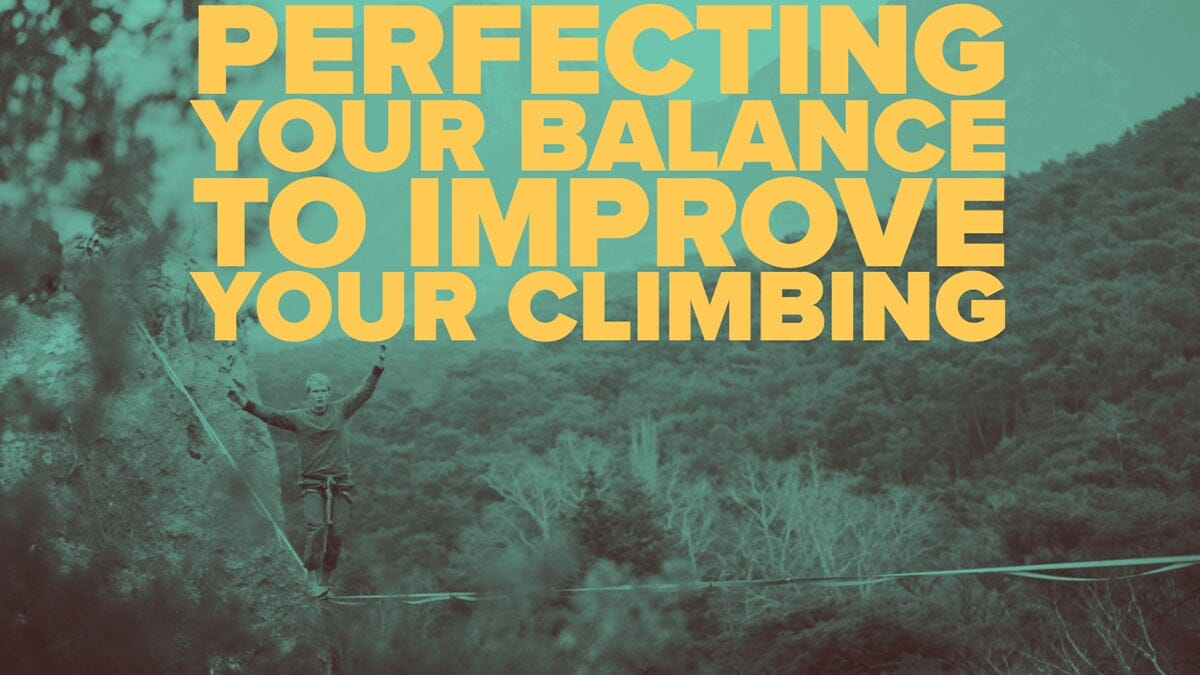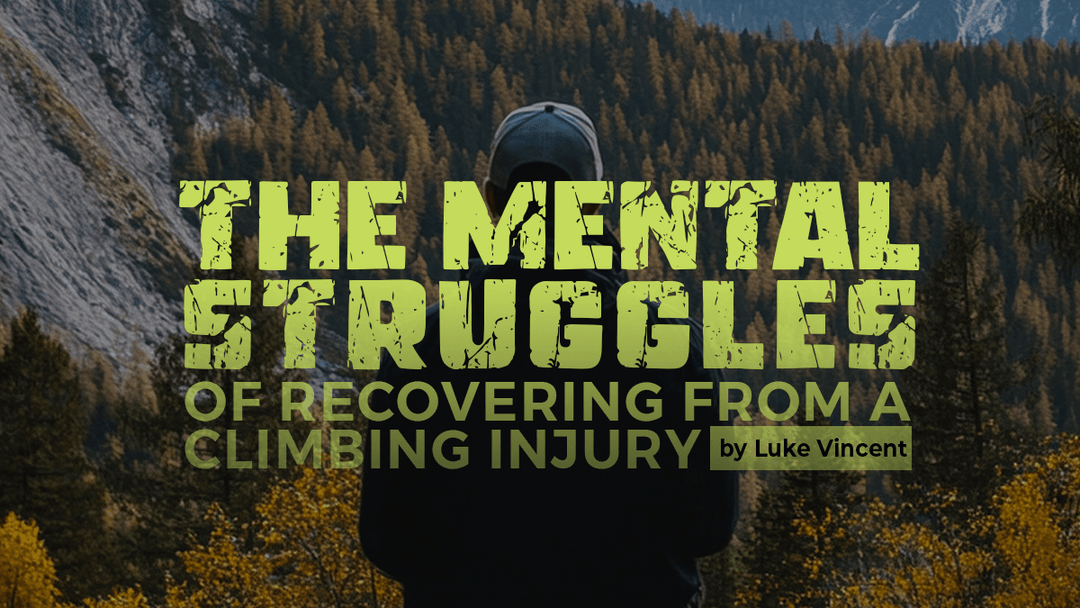Perfecting Your Balance to Improve Your Climbing

Have you seen some rock climbers try to balance on a slackline for exercise? The reason they do this is that your balance is critical to improving your climbing game.
Maintaining balance has to do with two things:
- being in the optimal position with both upper and lower body
- having enough core strength to line up the upper and lower body
If you watch some of the more seasoned climbers, they can bring their pelvis forward to line up under their arms and thereby shift their center of gravity in a more optimal position.
If you are hanging onto a hold with your arm and have a foot that’s not committed to a hold, it can be brought around to counterbalance the weight of the pelvis, called flagging. So if most of your weight shifts left and your foot flags right then you created balance, making it easier for you to hold on.
Balance also makes it easier to get the most out of your lower body. If you are standing on a foothold and are about to reach up, then it’s critical to be able to extend from your legs up through your core without falling to one side. That will make it much more likely that you can complete a move statically (expending less energy) as opposed to dynamically (needing much more power).
Balance stems from core strength which many assume means strong abs, but it’s much more than that. Your core involves the following:
- abdominal muscles
- lower back muscles
- shoulder muscles
- hip muscles
Most exercises we do in the gym work out the extremity muscles and not the core. Sports tend to engage more of our center. However, sports are usually played to exhaustion so the core will be worked out but also easily fatigued. Let’s talk about how to work out our core so that we can improve our balance.
For this you won’t even need weights, all you need is a solid ground beneath you. The point is to engage muscles and maintain their contraction for a few seconds to increase their strength.
Plank exercise is a great start. You are mostly holding a position and allow your back and abdominal muscles to flex isometrically. Try some variations of the plank to get a bit more of a workout.
One-legged squats is another excellent exercise. These are done slowly, controlled, and you certainly want to build up to this. Variations of this exercise are by standing on one leg facing a wall, throwing a ball against it and catching it while in a slightly squatted position – great for the core. That will involve shoulders, hips, abs, and back.
Suspension bands are another fun way to get your core involved. Knee tucks and side planks done using the suspension bands takes your core exercise to another level.
Avoid overdoing core exercises, 1-2x per week is more than sufficient. Especially if you are climbing a lot, you don’t want to exhaust these muscles because then you are more likely to put stress on your fingers and knees during climbing, increasing your risk of injury.
Try this routine next time you are in your climbing gym: get on the mat and start some planks, finish up with some suspension exercises. Then attempt a few lower level bouldering climbs where you hold each position for a few seconds longer and then finish up with some top-roping.




